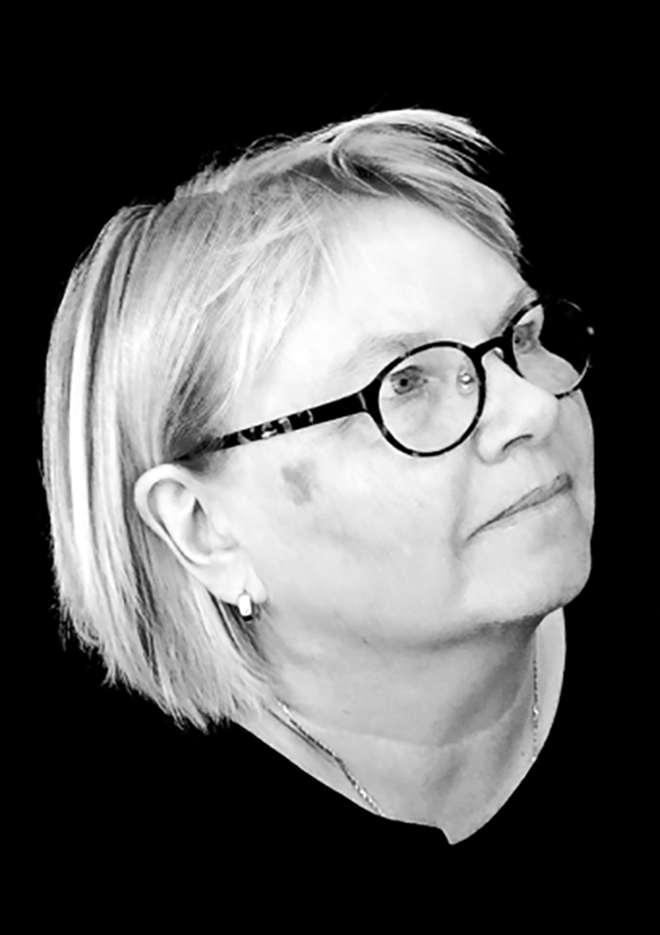Eleanor Gates-Stuart
@csu.edu.au
Professor (Adjunct), School of Social Work and the Arts
Charles Sturt University
RESEARCH, TEACHING, or OTHER INTERESTS
Arts and Humanities, Multidisciplinary, Visual Arts and Performing Arts
Scopus Publications
Scholar Citations
Scholar h-index
Scholar i10-index
Scopus Publications
Eleanor Gates-Stuart, Chuong Nguyen, Matt Adcock, Jay Bradley, Matthew Morell, and David Lovell
MIT Press - Journals
Science, Art and Science Art collaborations are generally presented and understood in terms of their products. The authors argue that the process of Science Art can be a significant—perhaps the principal—benefit of these collaborations even though the process may be largely invisible to anyone other than the collaborators. Hosting the Centenary of Canberra Science Art Commission at the Commonwealth Scientific and Industrial Research Organisation (CSIRO) has shown the authors that while Science and Art pursue orthogonal dimensions of creativity and innovation, collaborators can combine these directions to access new areas of imagination and ideas.
Chuong Nguyen, David Lovell, Rolf Oberprieler, Debbie Jennings, Matt Adcock, Eleanor Gates-Stuart, and John La Salle
ACM
classroom use is granted without fee provided that copies are not made or distributed for commercial advantage and that copies bear this notice and the full citation on the first page. Copyrights for third-party components of this work must be honored. For all other uses, contact the Owner/Author. SIGGRAPH 2014, August 10 – 14, 2014, Vancouver, British Columbia, Canada. 2014 Copyright held by the Owner/Author. ACM 978-1-4503-2958-3/14/08
Chuong Nguyen, David Lovell, Rolf Oberprieler, Debbie Jennings, Matt Adcock, Eleanor Gates-Stuart, and John La Salle
IEEE
We learn from the past that invasive species have caused tremendous damage to native species and serious disruption to agricultural industries. It is crucial for us to prevent this in the future. The first step of this process is to identify correctly an invasive species from native ones. Current identification methods, relying on mainly 2D images, can result in low accuracy and be time consuming. Such methods provide little help to a quarantine officer who has time constraints to response when on duty. To deal with this problem, we propose new solutions using 3D virtual models of insects. We explain how working with insects in the 3D domain can be much better than the 2D domain. We also describe how to create true-color 3D models of insects using an image-based 3D reconstruction method. This method is ideal for quarantine control and inspection tasks that involve the verification of a physical specimen against known invasive species. Finally we show that these insect models provide valuable material for other applications such as research, education, arts and entertainment.

